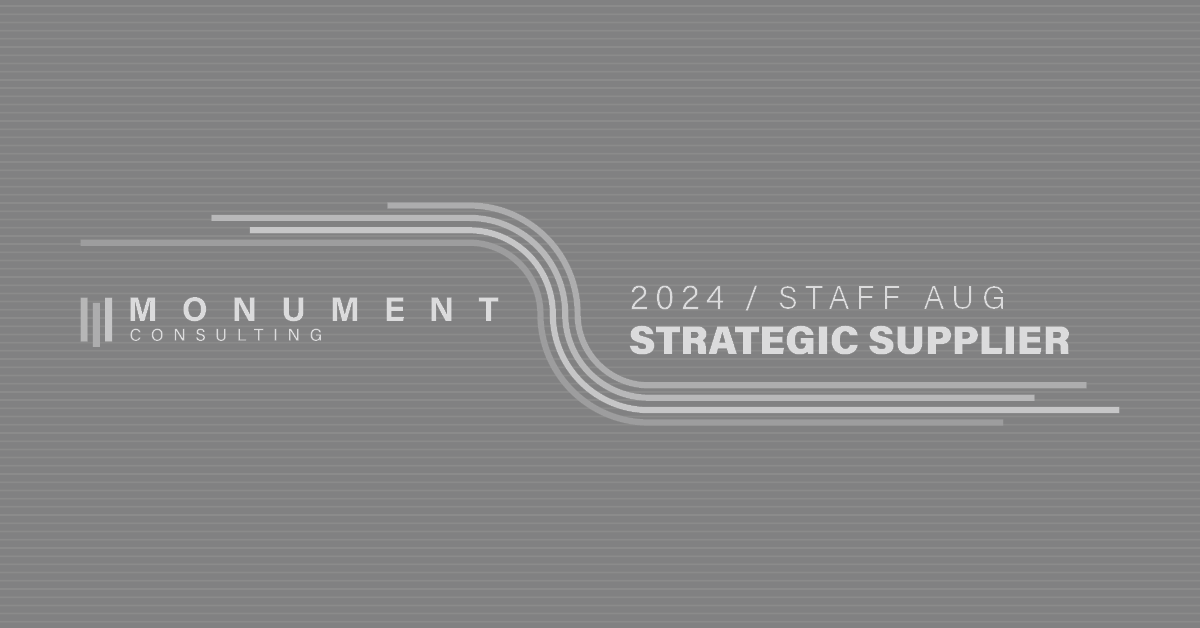Rest in Peace Business Cards: A Lament for a Lost Tradition
In a world increasingly dominated by digital interactions, many cherished traditions are fading into obscurity. Among them is the humble business card, once a staple of professional life. I still have folders and boxes of them in my office closets. I’m not sure why I’ve kept them as most are out of date; the names have moved on and the companies acquired or out of business. I likely keep this collection of 3.5” x 2” paper to hold onto the memories of a ca reer and those people and companies I was fortunate to meet along the way. I also have six large storage bins of Sports Illustrated magazines dating back to 1977 so I guess this is my thing. I’m either nostalgic, a borderline hoarder, or a little of both.
The Lost Ritual of Exchange
The decline of business card exchanges marks the loss of a unique, tactile form of networking that goes far beyond the simple transfer of contact information. It symbolizes the erosion of personal touch and meaningful connections in our professional lives. Whether a formal exchange that includes a presentation and bowing to your recipient as the Japanese do or casually exchanging a card along with a handshake, the interaction meant something; it was a ritual. There was a certain gravitas in the act of handing over a small, elegantly designed card. It conveyed respect and mutual recognition. The tactile nature of the exchange—feeling the weight of the card, the texture of the paper, and the crispness of the design—created a tangible connection between two individuals.
This physical exchange was an opportunity to pause, make eye contact, and engage in a moment of genuine interaction. It was a brief but significant ceremony that punctuated meetings and conversations, often serving as the first step in building a professional relationship. The moment you received a business card, you were no longer just a name in a digital directory; you were a person with a face, a presence, and a story, hopefully, one to be remembered.
The Power of Visual Learning
Business cards also played a crucial role in visual learning and memory. The design of a card—the colors, the fonts, the logos—provided visual cues that helped people remember each other. A well-designed card could tell a story about a person’s professional identity and the ethos of their business. It could be minimalist and modern, suggesting efficiency and innovation, or ornate and traditional, indicating stability and heritage. It immediately told you something about the person or the company and was designed to leave that impression.
In contrast, digital contact exchanges often result in names and numbers lost in a sea of identical entries on a smartphone or a contact list. Without the visual and tactile reinforcement provided by a business card, names and faces are more easily forgotten. The unique identity conveyed by a physical card is lost in the homogeneity of digital data.
Drowning in the Digital Morass
In today’s hyper-digital world, the ease of exchanging contact information through smartphones and social media comes at a cost. We are inundated with data, and the meaningful connections that were once reinforced by the exchange of business cards are often diluted. Digital contacts are easily forgotten, buried in an ever-growing list of names without faces, reducing the likelihood of meaningful follow-ups and long-term relationships. QR codes and bumping phones, while efficient are repetitive, nonmemorable acts making it easy for new contacts to slip through the cracks. The personal touch and intention behind the exchange of a business card are lost in the impersonal nature of digital communication.
A Call for Revival…Sort Of
While we cannot turn back the clock, we can strive to preserve the essence of what business cards represent. We can make a conscious effort to bring personal interaction back into our professional lives. This might mean taking the extra step to follow up a digital exchange with a personalized message or dare I suggest a handwritten note!
For those of us who still appreciate the charm and effectiveness of business cards, there’s no reason to abandon them completely. Carrying a few cards in your wallet can serve as a personal reminder of the importance of human connection in business. I do, don’t laugh!!
Let’s not allow the digital tide to wash away the personal touches that make our professional relationships meaningful. The next time you meet someone new, consider the impact of handing them a tangible piece of your professional identity—a small, yet significant gesture that could be the start of a lasting connection.













